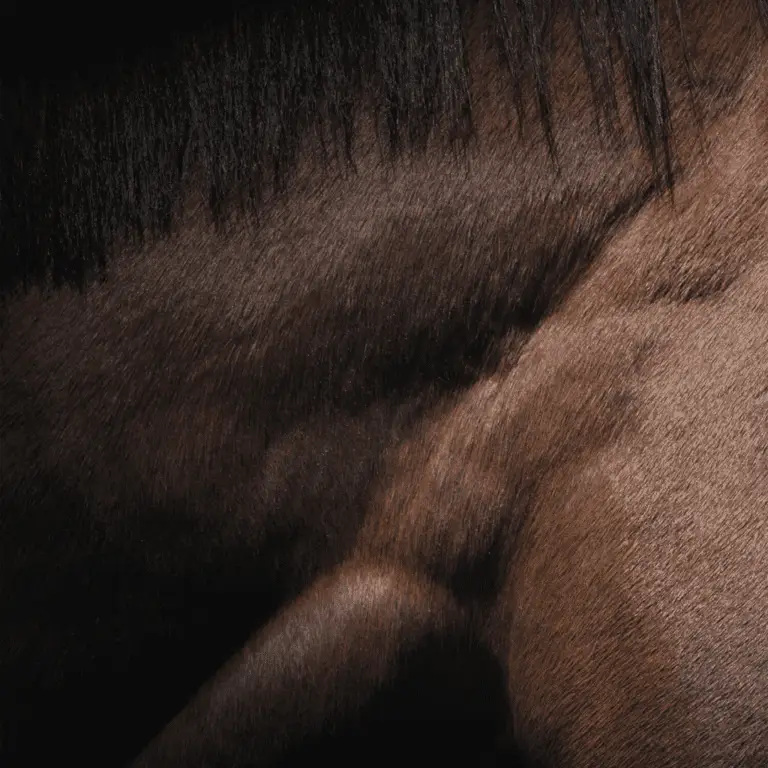
Coat Change
Here’s how you can help your horse When the days start to get longer and spring arrives, we throw our thick winter coats into the basement and wait for the warmer weather. While we are ready for the change in
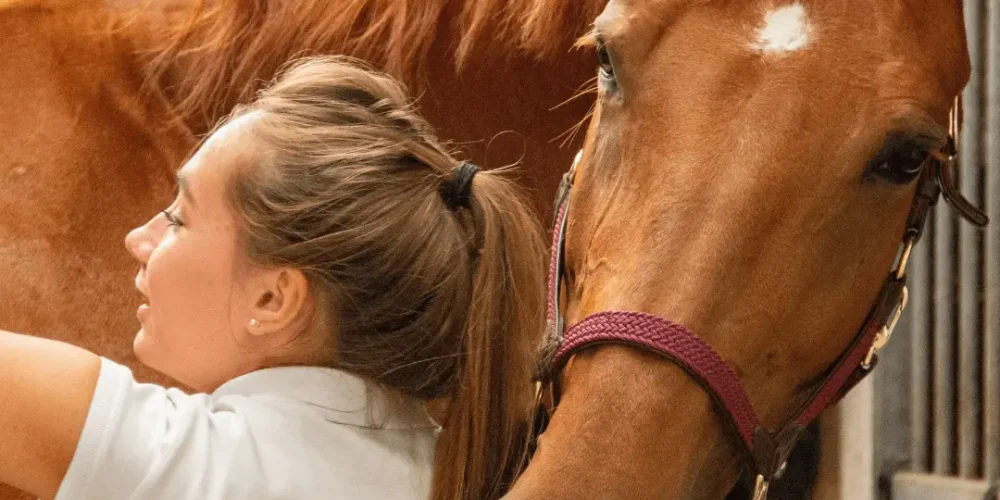
Upgrade your routine!
Keeping your horse in tip-top shape is crucial for his health and well-being. As riders, we can unintentionally limit our horses’ range of motion. However, by incorporating regular stretching exercises into our routine, we can improve coordination and blood circulation and reduce muscle tension and stiffness. This not only benefits the horse, but also improves your riding experience.
Before you start stretching exercises, take the time to warm up your horse, make sure it doesn’t have any blockages, and check it for any other potential problems.
These 5 ground stretches are easy to do and will help your horse stay flexible, strong and healthy. Remember that it is important to be consistent and not overdo it. Your horse will appreciate the extra care and attention and you will enjoy riding even more.
The first stretching exercise is for the legs and starts by bringing the horse into a stable, square stance. This allows him to distribute his weight and keep his balance during the exercise. Take one of the front legs in your hand and hold the hoof close to the ground at first. Slowly extend the leg as far as possible and hold it for a moment before carefully putting it down again. Watch your horse’s reaction and gently release the leg when it pulls back. Repeat this process with the other front leg and then move on to stretching the hind legs. This exercise promotes blood circulation and strengthens the hindquarters, leading to improved balance and symmetry.
This exercise combines two stretches to fully stretch the horse’s back. For the first exercise, called the “giraffe neck”, stand on a stool and hold a treat as high as possible above the horse’s head. Let the horse take the treat slowly by stretching its head up and hold it in this position for about 5 seconds. Make sure the horse keeps its head straight in front of its body. For variety, you can also hold the treat slightly to the left or right. To complete the stretch, ask the horse to bring its neck as far forward as possible while keeping its head at chest level and hold it in this position. This exercise stretches the horse’s neck, lower neck, abdominal and chest muscles and promotes stability of the trunk.
A tip for this exercise is to hang a treat or carrot as high as possible in your horse’s stable so that it can stretch as it nibbles on it. When it reaches the treat, it is automatically rewarded.
The next exercise we call “head between the front legs” and it is the opposite of the giraffe neck exercise. For this exercise, have your horse lower its head to the middle between the two front legs. Encourage it with a carrot to go as low as possible to the ground and stretch as far back as possible. Hold this position for a moment, then slowly release it and repeat a few times. This exercise flexes the horse’s withers and strengthens the abdominal muscles, the flexibility of the back and the muscles of the topline. The reverse stretch also adds balance to the horse’s body.
Another stretching exercise is called “walking backwards on the hand”. To perform this exercise, first let your horse walk forward under your guidance. Then actively stop him and ask him to step back by applying light pressure to his chest and shoulder joint. Once your horse is familiar with the exercise, you may need to apply less or no pressure at all. Hold the horse’s head as low as possible to raise the back. Start with a few steps and gradually increase up to 10 steps at a time. This exercise is particularly useful if you want to train reining back, as it helps the horse to learn to carry his weight on his hindquarters and to lift his back. It also strengthens the hindquarters and relaxes the sacroiliac joint (the connection between the sacrum and the pelvis).
The following stretching exercise targets the horse’s front and middle neck muscles. For this exercise, stand next to your horse’s shoulder facing his chest. Hold a treat in front of the horse’s chest and encourage him to lower his chin towards his chest. Hold this position for a few seconds before gently releasing it. As your horse becomes more comfortable with the movement, you can ask him to lower his chin closer to his chest or even to the ground to increase flexion in the upper and middle part of the neck. Remember to always work in small steps and respect your horse’s natural range of motion. Give your horse the treat as a reward after the exercise.
The next stretch exercise focuses on exercising the horse’s abdominal muscles, stretching the rib cage and increasing flexibility when bending. For this stretch, ask your horse to bend its neck towards the hock without touching it. Let it go as far as it feels comfortable and watch for signs of difficulty, such as kicking or lifting a leg. If you notice discomfort, do not force the horse to continue. Repeat the exercise on both sides and vary it by bringing your horse’s neck low to the side towards the front of the hoof, which mainly engages the long back muscle. This exercise also strengthens core stability and makes the spine more flexible overall. It also stimulates the psoas group, which gives the organs space and allows them to function better.
When doing stretching exercises with your horse, you should remember that every horse is different and has its own limitations. Therefore, it is important not to force anything and let your horse do the exercises at his own pace. Start slowly and gradually increase the training when your horse is visibly more comfortable. Remember that not all horses are equally flexible, so be content with what your horse can and offers. The aim of these stretching exercises is to steadily improve your horse’s flexibility, symmetry and balance.
To track your progress and make sure you and your horse are on the right track to making your horse more flexible, you can use the Happie Horse App. With our app you can track and analyze every training session, document your progress with pictures and videos and ultimately turn your horse into a “Happie Horse”.


Here’s how you can help your horse When the days start to get longer and spring arrives, we throw our thick winter coats into the basement and wait for the warmer weather. While we are ready for the change in
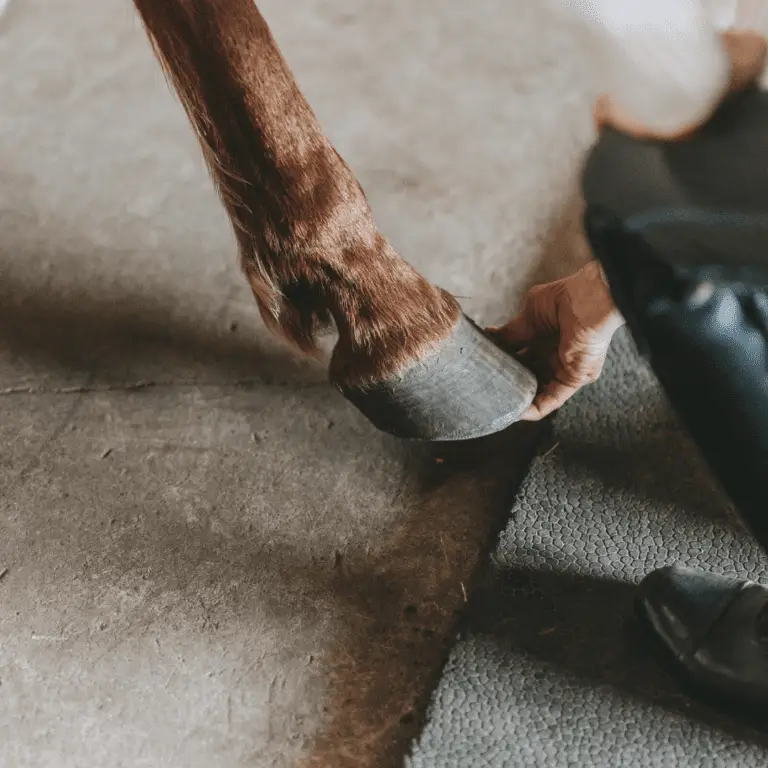
Going barefoot refers to the practice of keeping horses without horseshoes, allowing them to walk and run on natural surfaces with their hooves unprotected by metal shoes. This practice is based on the idea that horses evolved to have hooves
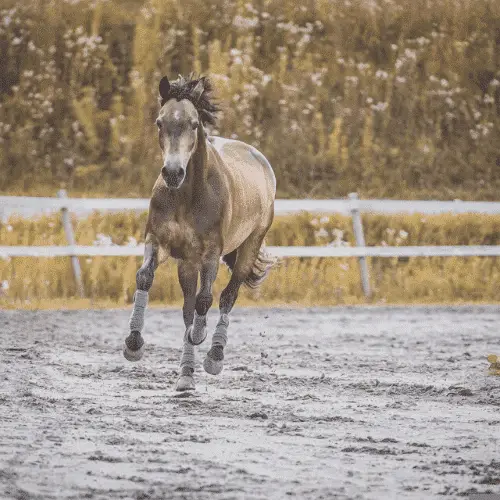
Constant Free Movement in Herds Can Help Against Obesity We always talk about how feed can affect a horse’s weight but feed is not the only thing that can and should be considered when helping a horse lose weight sustainably.
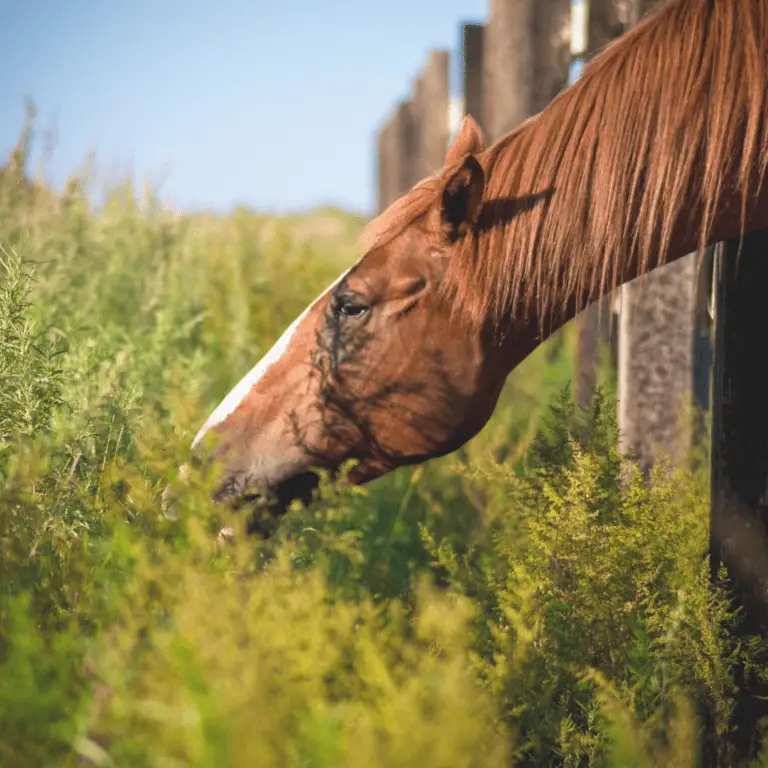
Expert Advice: Kim Lina Pethahn, an independent feed consultant, wrote this article. Common Symptoms and What to Avoid Poisonous plants can be found all over the world and sadly horses do not always know that what they’re eating might be

Just as it is with humans, the horse’s skin is the largest organ of the body. However, this blog post is dedicated to the organs that we cannot see from the outside. Let’s take a look inside the horse and
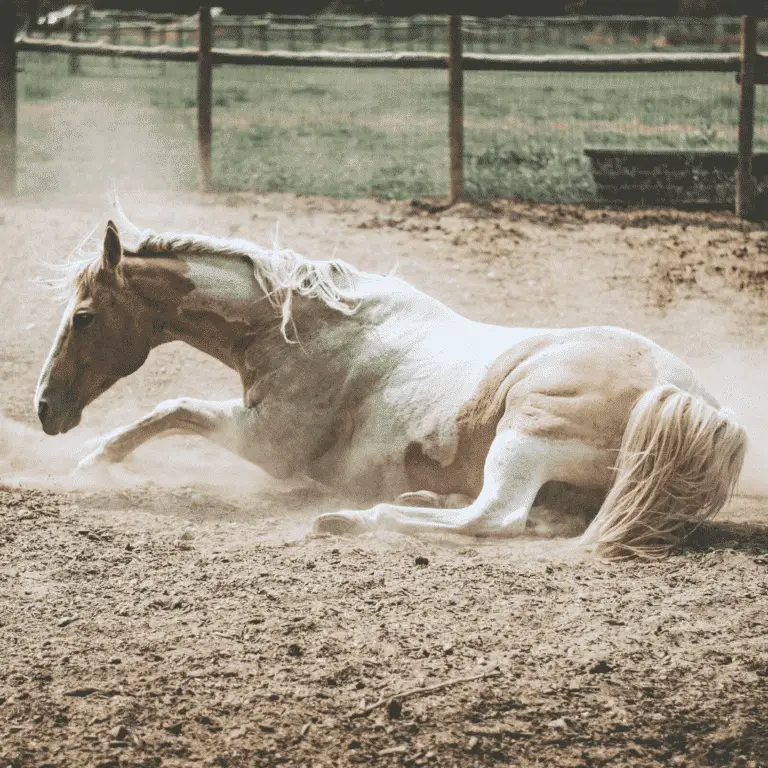
Expert Advice: This article was written by Dr. Pedro Penha Garcia, a veterinarian with 10+ years of experience. What is an Equine Colic? A Colic is something no horse owner wants to face, but if you have horses, you’ll likely